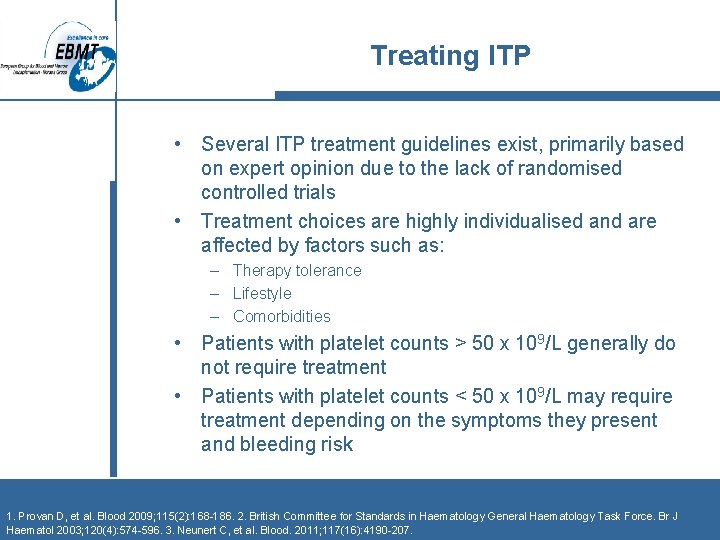
Thrombocytopenic purpura is one of the most common forms of thrombosis
A platelet count below 10,000, is usually considered mild thrombocytopeneemia. Thrombosis can also cause serious internal bleeding if the platelet levels get too low. A clot that has been clotted or breaks loose can travel down to the lungs and cause a pulmonary embolism. This is a major risk factor for all types of thrombosis.
Generally, the higher the platelet count, the more severe the thrombosis. However, the platelets themselves do not cause thrombosed clots. This happens when a clot travels from an artery to a vein and then to the liver, where it is secreted, and eventually blocks a valve that causes blood to flow back into the artery.
Platelet thrombosis causes bleeding of the lining of blood vessels in the lungs. When this happens, the patient will feel short of breath. In the meantime, the patient may experience vomiting or weakness.
Thromboprofylaxanthin, found in body tissues, also forms clots. This is why people with cancer usually suffer from this disease. It causes death of cancer cells, causing them to proliferate uncontrollably. These types of thrombosed clots are usually not dangerous as long as they do not break off and travel to the lungs.
Patients undergoing surgery may also develop thrombosis. For this reason, patients who have undergone surgery are advised to consume plenty of fluids and vitamins, as well as take iron supplements to replenish the lost hemoglobin in the blood. Thromboprofylaxanthin is often formed in the digestive tract due to surgery. Patients who have undergone surgery may also experience bleeding from the stomach and intestines.
Thrombophilia is another form of thromboprophiosis that is very rare and affects only women. They are more common among children. It is caused when the platelets are too dense. Because of this condition, they do not dissolve properly when they are transported to the liver and other parts of the body and this results in thickening of the blood vessels and causing heartburn.
Symptoms include nausea, vomiting and weight loss
Sometimes, bleeding from the intestine or stomach can also be noticed. Women who suffer from thrombophilia may also experience anemia, fatigue, dizziness, and chest pain. Some of these symptoms will decrease after the treatment is stopped.
Treatment options for thrombophilia are usually available. Patients who are suffering from the condition should avoid taking medications that are made of vitamin C or aspirin. Other treatments include surgery and radiation.
Antioxidants are medications that help remove harmful free radicals. They can help prevent damage to the liver and other parts of the body. Thrombophilia drugs like Atabrine and Ribadaplecilate are the most commonly used. A special type of vitamin A called lecithin, which is present in egg yolk, is also used to reduce bleeding.
ThromboproFILE is an anti-thromboprophylaxis drug that is prescribed to patients who have had surgery or those who have had an accident with high doses of calcium. in their bloodstream. This type of medicine helps stop thrombophilia symptoms including heartburn, diarrhea and vomiting.
ThrombOProst is a thromboprofile for patients who suffer from thrombophilia. It can cause bleeding in the intestines and intestinal mucosal tissue.
In the treatment of thrombophilia, it is important for thrombophiliac patients to keep their levels of calcium in their bodies high. Calcium is needed for the production of bone cells. People who have thrombophilia have less bone mass because their bone cells do not produce enough. Vitamin D, another substance that is necessary for bone growth, can help reduce the risk of thrombophilia.
There are many thrombophilus drugs that can also be used. They include the most common and commonly used in the treatment of thrombophilia in the United States are Diflucan and Prevacid.